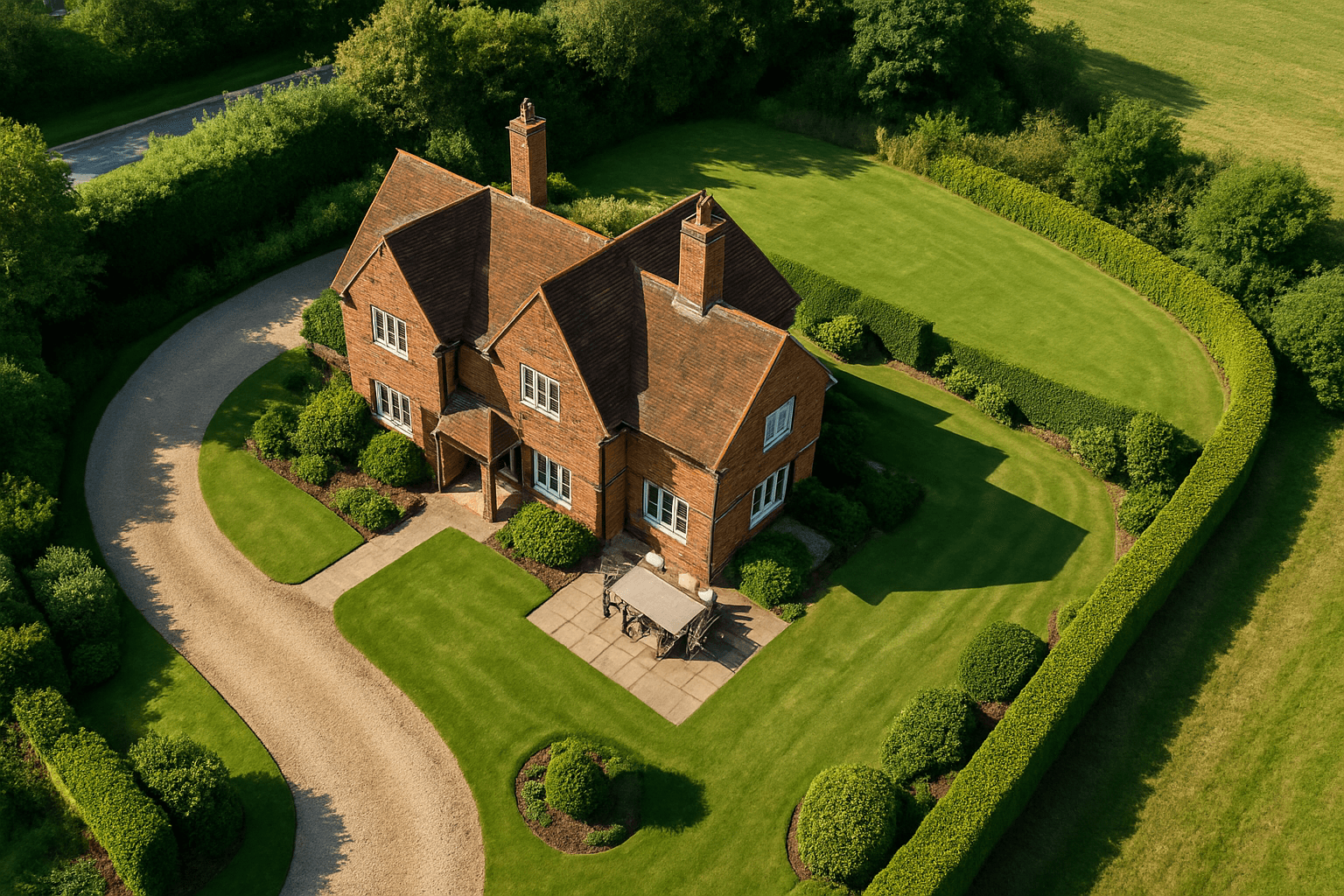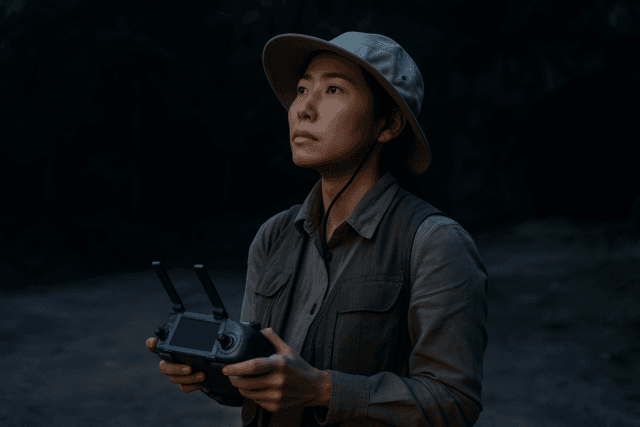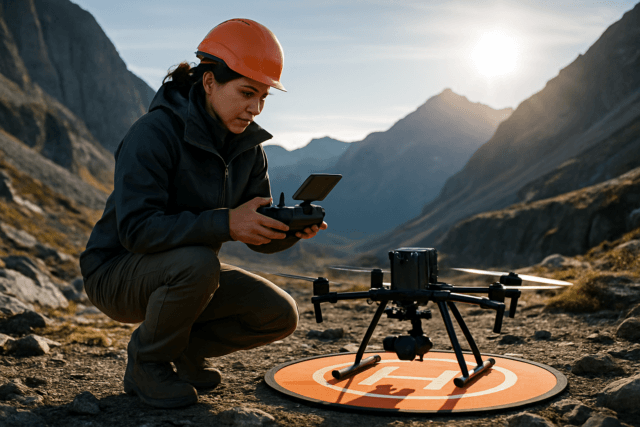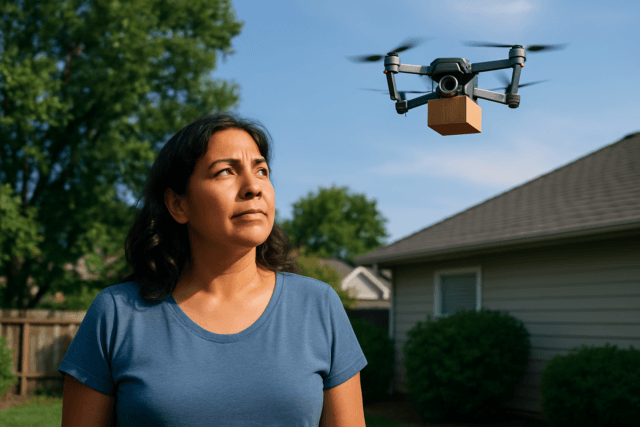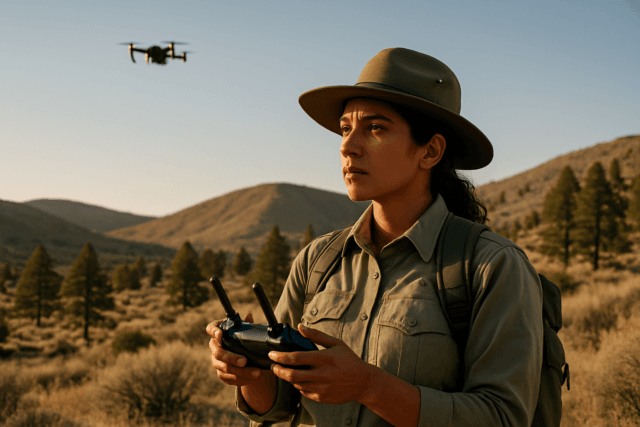Drone real estate photography is transforming how properties are marketed and sold in the UK. By using unmanned aerial vehicles (UAVs), also known as drones, equipped with high-resolution cameras, agents and photographers can capture stunning aerial images and videos of properties. This provides a bird’s-eye view that showcases the entire property, its surroundings, landscaping, and spatial context in a way that traditional ground-level photography simply can’t match.
Why Drone Photography Soars in Real Estate
Here’s why incorporating drone photography into your real estate strategy can give you a competitive edge:
- Enhanced Property Visualization: Drones offer comprehensive aerial views, displaying the entire landscape, surrounding areas, and property layout. This is particularly beneficial for luxury properties or those with expansive grounds, giving potential buyers a better sense of the property’s size, features, and setting.
- Showcasing Unique Features: Drones excel at highlighting distinctive amenities such as luxury pools, sprawling gardens, and custom outdoor living spaces that might be underappreciated in traditional photos. They also bring an architect’s vision to life, emphasizing symmetry, rooflines, and design flow, especially for high-end properties.
- Improved User Experience: Drone photography enhances the experience for prospective buyers by giving them different virtual viewing perspectives. High-quality aerial footage allows viewers to virtually explore the property from different angles and heights, fostering a deeper connection and emotional engagement.
- Faster Sales: Properties marketed with drone photography tend to attract more interested buyers, leading to faster sales cycles. Listings with aerial photos sell significantly faster than those with standard images alone.
- Increased Property Values: Stunning aerial imagery conveys a sense of luxury and exclusivity, resulting in higher perceived property values.
- Competitive Advantage: Offering drone photography services sets real estate agents apart from competitors, attracting sellers looking for advanced and modern marketing techniques.
- Emotional Connection: Drone photography helps create a captivating narrative around a property, evoking feelings and captivating buyers through immersive visuals.
- Accuracy: Drones provide a more accurate depiction of the property and its relationship to nearby amenities, parks, and attractions.
UK Regulations and Licensing for Drone Photography
In the UK, drone operations are regulated by the Civil Aviation Authority (CAA). Here’s what you need to know about licensing and regulations:
- Commercial Use: As an estate agent using a drone commercially, you’ll need to complete the CAA’s A2 Certificate of Competency (A2 CofC) course or the General VLOS Certificate (GVC), depending on your drone’s weight and intended use.
- Registration: You must register your drone and display its unique Operator ID on the device.
- Drone and Model Aircraft Code: Always follow the Drone and Model Aircraft Code, including keeping your drone within visual line of sight and maintaining a safe distance from people, buildings, and roads.
- Privacy Laws: Be aware of GDPR and privacy laws. If your drone captures identifiable individuals, that’s considered personal data, and you’ll need a legal basis for collection, such as consent or legitimate interest.
- Council Byelaws: Check local council byelaws, as they may have specific restrictions on drone use, particularly in public parks and spaces.
- Flight Restrictions: Be aware that legal restrictions may prevent drone takeoff, flight, or landing in many residential areas due to distance restrictions.
- Insurance: Ensure you have commercial drone insurance in place for any damages or injuries incurred.
Choosing the Right Drone for Real Estate Photography
Selecting the right drone is crucial for capturing high-quality aerial images and videos. Here are some key features to consider:
- Camera Quality:
- Resolution: Prioritize drones with 4K video and 20+ MP still photos to ensure crisp, zoomable images.
- Sensor Size: Larger sensors (e.g., 1-inch CMOS) perform better in low light and offer a wider dynamic range.
- Adjustable Aperture: Allows control over depth of field.
- RAW Format: Choose a drone that can shoot in RAW format for greater editing flexibility.
- Gimbal Stabilization: A 3-axis gimbal is essential for smooth footage, especially in windy conditions.
- Flight Time: Opt for a drone with a flight time of at least 25 minutes to allow sufficient time for capturing all necessary shots.
- Obstacle Avoidance: Drones with obstacle avoidance sensors can help navigate tight spaces and prevent accidents.
- Portability: Consider a drone with a foldable design for easy transport and storage.
- Wind Resistance: Choose a drone rated for a decent wind speed to handle gusts without compromising stability.
Popular Drone Models for Real Estate Photography:
- DJI Mini 4 Pro: Combines portability, affordability, and high image quality. It features a 1/3-inch CMOS sensor, capturing 24-megapixel photos and 4K/60fps videos.
- DJI Air 3: Offers a perfect blend of ease of use, exceptional photo quality, and affordability.
- DJI Mavic 3 Pro: Provides unmatched flexibility, outstanding image quality, and stable flight performance.
- Autel Evo II Pro: Known for its 1-inch sensor and adjustable aperture, delivering high-quality images in various lighting conditions.
- Parrot Anafi: With its foldable design and 4K camera, this drone is an excellent choice for estate agents looking to comply with legal requirements.
Essential Equipment for Real Estate Drone Photography
Besides the drone itself, consider these essential equipment items:
- Extra Batteries: Always have extra batteries on hand to extend your shooting time.
- SD Cards: Use high-speed SD cards to store your photos and videos.
- Drone Case: Protect your drone during transport and storage with a durable case.
- Landing Pad: A landing pad helps protect the drone’s camera and sensors from dust and debris during takeoff and landing.
Real Estate Drone Photography Tips for Stunning Shots
Here are some practical tips to help you capture stunning aerial visuals:
- Pre-Flight Strategy: Plan your shots meticulously. Visit the property in advance to identify key features you want to highlight, such as the house, yard, pool, garden, and surrounding neighborhood.
- Develop a Shot List: Create a detailed shot list that includes exterior overviews, front approaches, orbit shots, top-down views, and golden hour captures.
- Timing: Shoot during the golden hours (shortly after sunrise or before sunset) for warm, dramatic lighting.
- Camera Settings: Optimize camera settings by shooting in RAW to retain maximum editing flexibility. Use manual camera settings to control exposure, ISO, and shutter speed.
- Composition: Apply the Rule of Thirds to position key elements (pools, driveways) along gridlines for balanced framing.
- Controlled Flights: Achieve smooth footage through deliberate movements. Use smooth, cinematic glides up the driveway to mimic a buyer’s arrival.
- Adapt to Environmental Challenges: Turn weather setbacks into opportunities.
- Refine in Post-Production: Use software like Lightroom or Photoshop to correct lens distortion, enhance colors, and remove distractions.
- Fly Your Drone Low: Since real estate photography aims to give a rounded view of the listing, fly your drone closer to the house to show every possible part of the exterior.
- Highlight the Home’s Best Features: Drones allow you to showcase a property’s full exterior. It is easy to capture unique property shots that you can’t otherwise get.
- Bring Diversity into Shots and Angles: Floating around in the sky at 20 feet will help you strike the right balance between the subject and its details.
Legal and Ethical Considerations
- Privacy: Always respect the privacy of individuals and obtain permission before flying over private property.
- Data Protection: Be aware of data protection regulations and avoid capturing images that could reveal personal information about occupants.
- Trespassing: Obtain consent from the owner or vendor before accessing a property to take photos.
The Cost of Real Estate Drone Photography in the UK
The cost of drone photography in the UK can vary depending on several factors:
- Location: Prices can vary depending on the geographical area and local market. Urban areas with higher demand might have higher rates compared to rural regions.
- Property Size and Complexity: Larger and more complex listings require more time and effort to shoot, impacting costs.
- Experience and Reputation: Experienced and well-established drone operators or companies often charge higher fees for their expertise and quality of work.
- Project Type: Basic real estate drone photography packages capturing aerial shots of a property typically start around £200-£400. More intricate commercial projects can range from £800-£1500 or more.
General Pricing Guidelines:
- Basic Package: £200-£400 (aerial shots, 20-30 minute flight time).
- Hourly Rate: £50-£200 per hour.
- Single Photo Flight: From £200 (including a minimum of 20 still photos).
- Half-Day Rate: £400.
- Full-Day Rate: £700.
Is Drone Photography Worth the Investment?
Despite the costs involved, drone photography offers a significant return on investment for real estate agents. Properties marketed with drone photography sell faster and at higher prices. Listings with aerial visuals are more likely to attract buyers and generate in-person showings.
Getting Started with Drone Photography
If you’re ready to take your real estate marketing to new heights, here are some steps to get started:
- Get Your Certificate and Equipment: Before you can start capturing footage, you will need a professional who already has their Part 107 remote pilot certificate from the FAA.
- Understand the Law: Ensure you are familiar with all relevant drone laws and regulations in the UK.
- Get a Proper License: Obtain the necessary licenses and certifications to operate a drone for commercial purposes.
- Buy Your Photography Drone: Invest in a high-quality drone with the features you need for real estate photography.
- Practice: Take the time to practice flying your drone in an open space before attempting to photograph properties.
- Build a Portfolio: Offer your services for free or at a discounted rate to build a portfolio of stunning aerial images.
- Market Your Services: Promote your drone photography services to real estate agents and property owners.
By mastering drone photography, you can elevate your real estate marketing efforts, attract more clients, and ultimately boost your sales.

